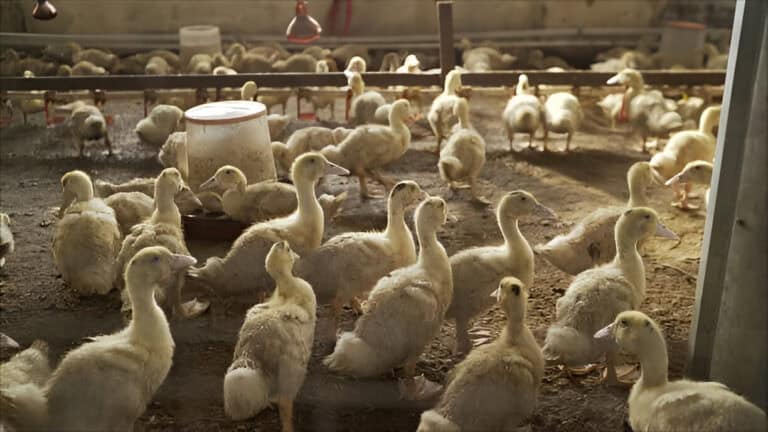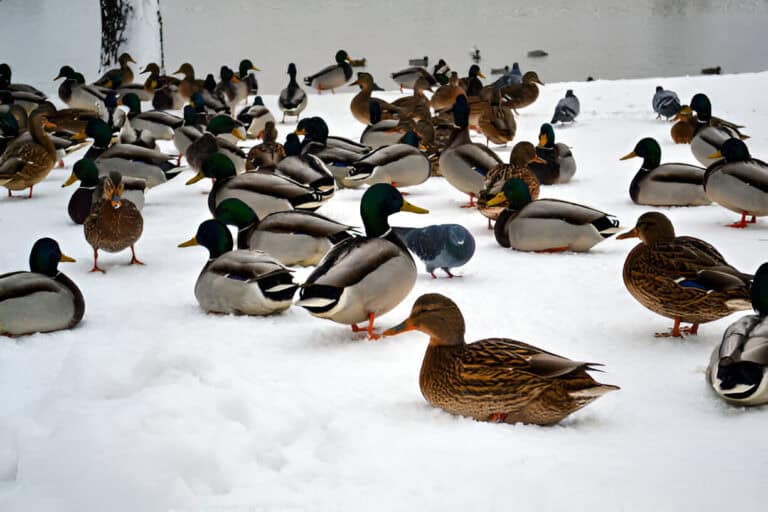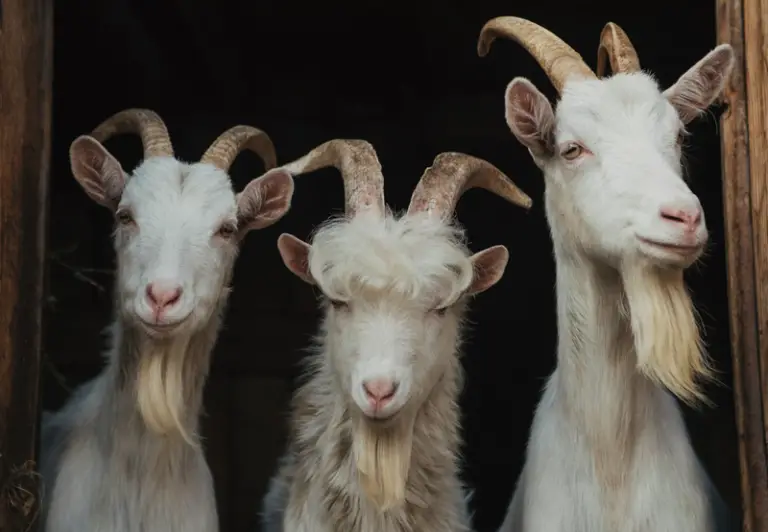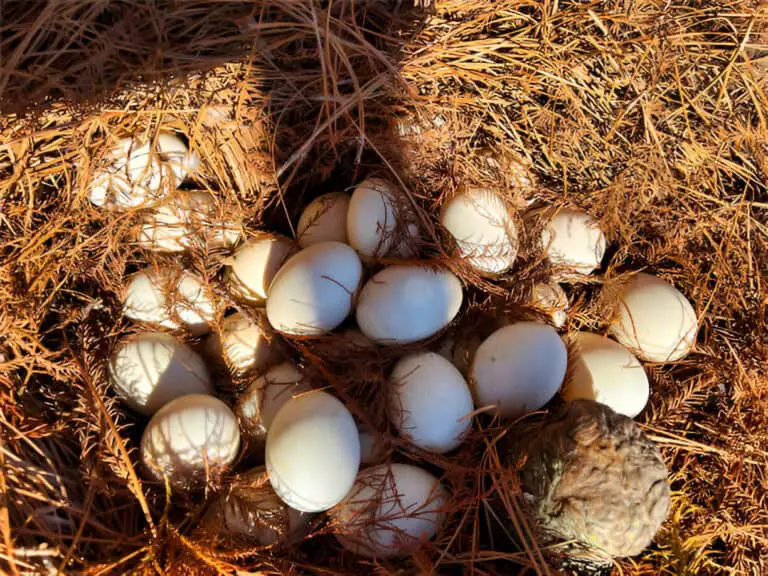Mixing the Flock: Which Duck Breeds Get Along Best?
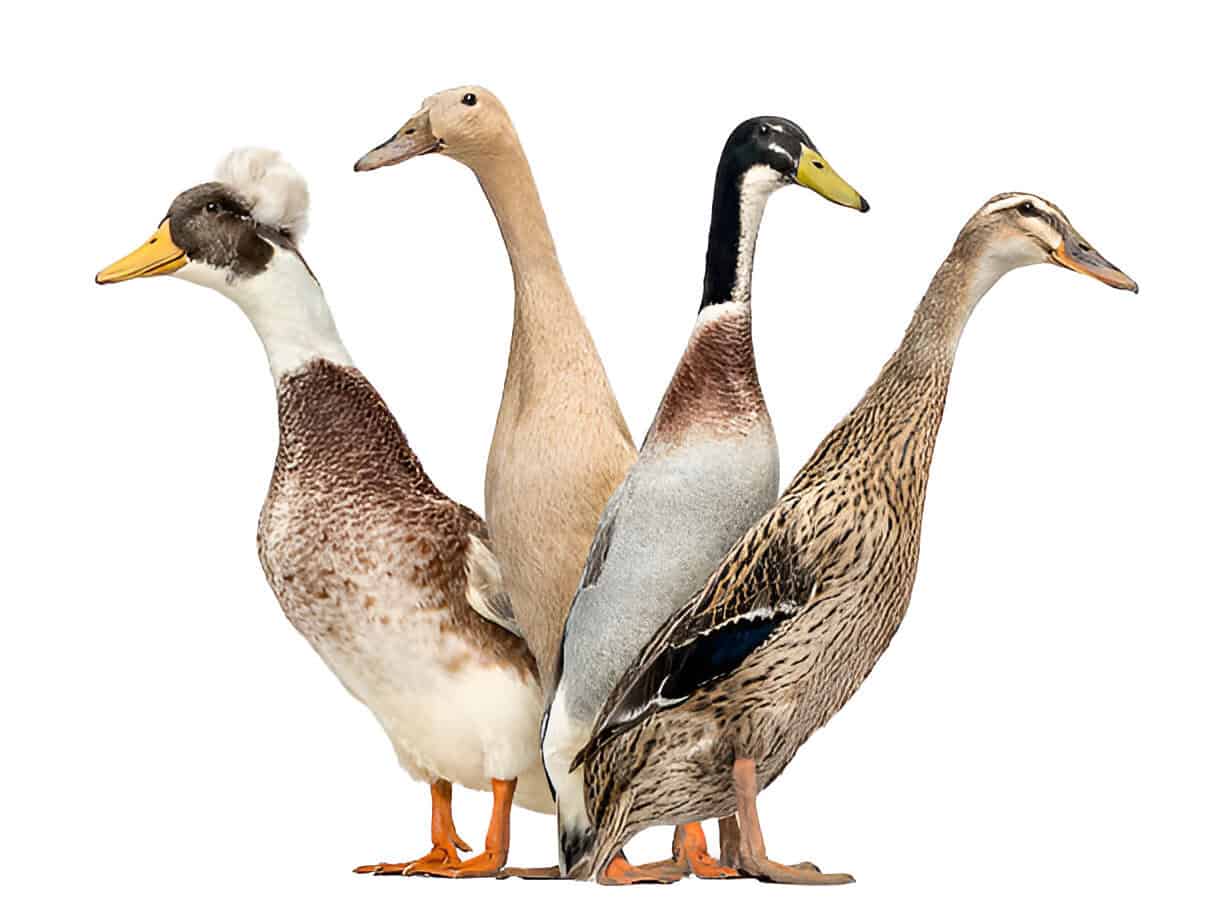
When I first dipped my toes into the world of duck keeping, I had a dream: a cheerful backyard full of waddling, quacking harmony. I envisioned Pekins, Runners, and Khaki Campbells all lounging together under the sun like old friends at a picnic. Reality?
Let’s just say introducing new breeds into an established flock was more like organizing a dinner party where not everyone liked each other. Through trial, error, and a few feathers flying, I learned that not all ducks are instant pals—but some do form surprisingly sweet bonds across breeds.
So, how do you know which duck breeds will get along like peas in a pod, and which ones might ruffle feathers? Can you mix fast-paced foragers with mellow loungers? Should size or temperament take priority when planning your flock? If you’ve ever stood in front of a duck breed chart like it’s a complicated dating app, you’re not alone.
In this article, I’ll break down duck breed personalities, flock dynamics, and real-life tips for mixing and matching breeds with fewer squabbles and more peaceful puddles. Whether you’re building a backyard flock from scratch or introducing new ducks to seasoned residents, you’ll find everything you need to set the stage for ducky friendship.
Feathered Roommates: Why Compatibility Matters
When I first got into duck keeping, I thought I could throw any ol’ breeds together like a last-minute potluck. Spoiler alert: it doesn’t work like that. Ducks might all waddle and quack, but breed personalities vary like flavors at an ice cream stand. Some are chill as cucumbers, others have the temperament of toddlers after a sugar binge. Mixing the right breeds means less stress, fewer scuffles, and a healthier, happier flock.
So, I rolled up my sleeves, did the research, and now I’m sharing everything I’ve learned—straight from the duck yard.
Social Needs of Ducks: The Importance of Companionship

Ducks aren’t just cute farmyard charmers—they’re deeply social animals that crave connection. In the wild or in backyard flocks, they stick together like family, often moving in unison, quacking in rhythm, and relying on each other for security. A single duck without a companion can quickly grow lonely, stressed, or even sick.
To foster healthy social bonds, always keep at least two ducks—preferably of similar size and temperament. Mixing breeds is fine, but it’s important to match their energy levels.
Give them space to roam, splash in water together, and nest near each other. Daily interaction, gentle handling, and supervised group time help ducks form strong, lasting bonds. Companionship isn’t a luxury—it’s a core part of their well-being.
| Related: Can Ducks and Geese Crossbreed? Myth or Possibility? |
Birds of a Feather… Sometimes Peck Together
Before we dive into the duck drama, let’s cover why compatibility even matters:
- Different energy levels: Some ducks are marathon runners (looking at you, Indian Runners), others just want to loaf in the shade.
- Varying sizes: Bigger breeds can unintentionally bully smaller ones.
- Nesting behavior: Territorial ducks might not like roomies too close to their nest.
- Water preferences: While all ducks love water, some splash like toddlers in a tub while others just want a sip and a soak.
Best Duck Breed Combos for a Drama-Free Flock
Here’s the golden list—the duck combos I’ve either tried or seen thrive together in many backyards.
🦆 Great Mixes
| Combo | Why It Works |
| Pekins + Cayugas | Both are calm, quiet, and easygoing. They enjoy foraging and don’t mind sharing space. |
| Khaki Campbells + Indian Runners | High-energy foragers that stay busy and rarely squabble. A good pair for active homesteads. |
| Welsh Harlequins + Buff Orpingtons | Both are mellow, sweet-natured, and sociable—perfect for families with kids. |
| Rouens + Swedish Blues | Medium-sized, chill ducks that enjoy company and water without causing drama. |
Breeds to Be Careful With
Not every duck plays well with others. Some breeds need space or special attention.
⚠️ Handle With Care
- Muscovy Ducks – Technically not “true ducks,” they don’t always get along with quack-happy breeds. They’re quieter and can be territorial.
- Call Ducks – Tiny and adorable, yes, but they can be bullied by larger breeds.
- Mallards – Wild by nature, they’re flighty and may not enjoy the company of domestic ducks.
How I Built My Mixed Flock (Without Chaos)
Here’s how I started from square one and ended up with a happy, harmonious crew.
1. Start Young
Raising ducklings together from day one helps them bond. Like kids in kindergarten, they learn to get along early and form a tight-knit group.
2. Match Energy Levels
Don’t pair a couch potato breed with a caffeine-on-wings type. My Cayugas and Buffs love slow mornings, so throwing an Indian Runner in the mix was like adding a jackrabbit to a book club.
3. Give Them Space
Crowding ducks is a recipe for squabbles. I always follow the rule: 4–6 square feet per duck in the coop, and 10–25 square feet in the run.
4. Water and Feeding Stations
I split water buckets and feed pans around the yard to prevent traffic jams—and trust me, ducks cause more chaos than freeway rush hour.
Table: Duck Breed Personality Cheat Sheet
| Breed | Size | Personality | Good With Others? | Ideal For |
| Pekin | Large | Calm, friendly | ✅ Yes | Beginners, families |
| Khaki Campbell | Medium | Energetic, busy | ✅ Yes | Egg lovers, active homes |
| Cayuga | Medium | Gentle, quiet | ✅ Yes | Quiet neighborhoods |
| Indian Runner | Slim/Medium | Nervous, active | ✅ Yes | Pest control |
| Buff Orpington | Medium | Sweet, docile | ✅ Yes | Kids, pets |
| Muscovy | Large | Independent, quiet | ⚠️ Maybe | Mixed flocks (with care) |
| Call Duck | Small | Noisy, playful | ⚠️ Maybe | Small yards (with same size) |
| Rouen | Large | Calm, slow | ✅ Yes | Dual-purpose flocks |
| Swedish Blue | Medium | Mellow, hardy | ✅ Yes | Cold climates |
Can a Pekin and Mallard Mate?
Yes, a Pekin and a Mallard can mate, but there are some things to keep in mind. While both are domestic ducks, they come from different genetic backgrounds. Pekins are large, robust ducks bred for meat production, while Mallards are wild ducks and much smaller. Despite their differences, ducks can mate across breeds and even species.
However, if a Pekin and a Mallard do mate, the resulting offspring may be sterile, especially if a male Mallard mates with a female Pekin. This is because of differences in genetics and chromosome count between the two. While it’s possible for the ducks to successfully mate, their eggs may not always hatch, or the ducklings might not be fertile.
In general, though, ducks from different breeds can mate and tend to get along just fine. You’ll have to keep a close eye on their behavior, especially when introducing new breeds into the flock, to make sure they’re happy and safe.
Common Pitfalls and How to Avoid Them
Let me spare you some heartbreak (and vet bills). Here’s what not to do when mixing duck breeds:
- Throw in a new adult duck without a slow, supervised intro. It’s like tossing a stranger into a sleepover—awkward and tense.
- Ignore the pecking order. Ducks have their own social ladder, and upsetting it can lead to injuries.
- Forget about drake-to-hen ratio. Too many males lead to overbreeding. Keep a ratio of 1 drake per 4-5 hens.
Final Thoughts: Find the Right Mix for Your Style
Every backyard is different—what works for me might need tweaking in your setup. My flock’s full of personalities, from lazy loungers to nosy gardeners. But because I matched temperament and gave them the space to be themselves, they live in relative harmony.
If you’re just starting out, I recommend Pekins, Khaki Campbells, and Swedish Blues. They’re reliable, friendly, and rarely stir the pot. Over time, you’ll get to know their quirks—and trust me, they’re full of them.
Raising ducks isn’t just about fresh eggs and cute waddles—it’s about building a little community. And like any good neighborhood, it runs smoother when everyone gets along.

